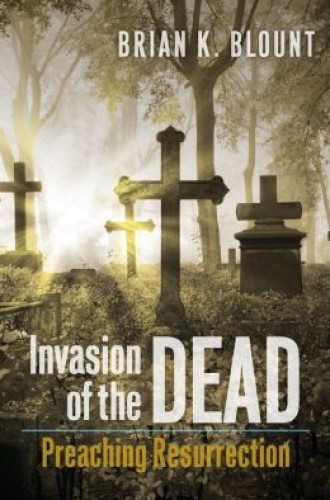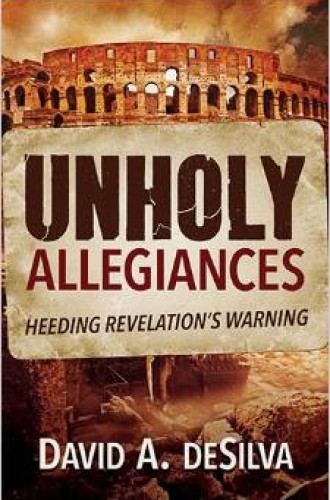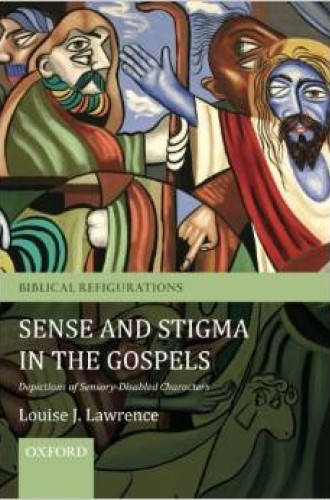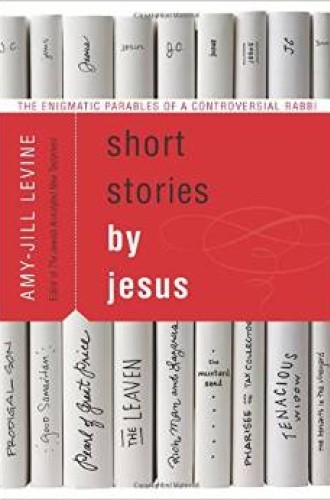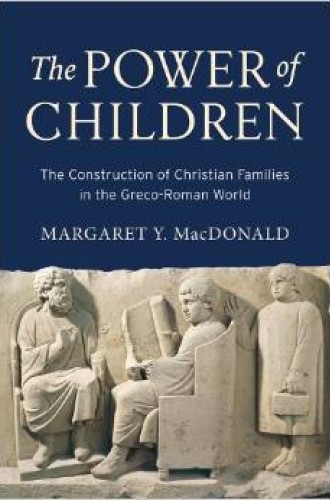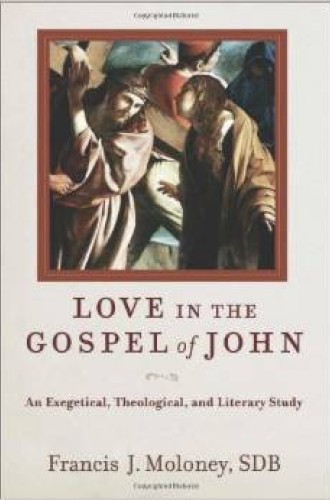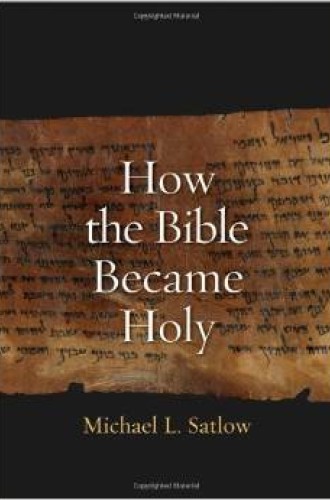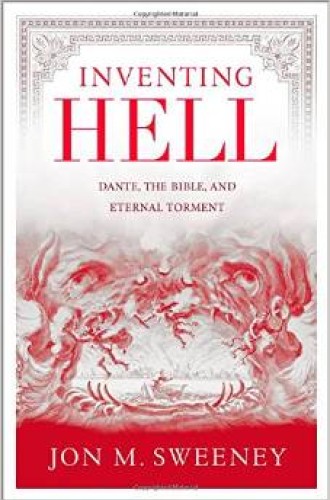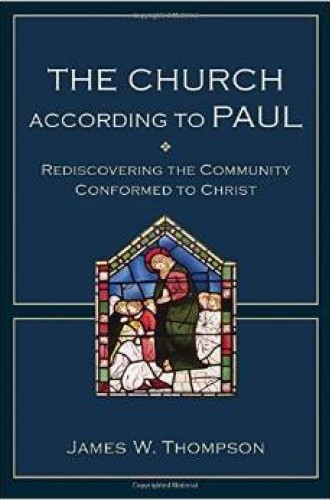New Testament
Invasion of the Dead: Preaching Resurrection, by Brian K. Blount. Our reluctance to engage apocalyptic eschatology renders the gospel moralistic and largely unable to speak about death. That’s a tragic failure of theological creativity for a people navigating a culture that is fixated on death and doomsday scenarios. With incisive and enlivening tours through Revelation, Paul, and Mark, Blount calls preachers to hold resurrection as the center of Christian proclamation—not resurrection as life restored and thus a retort to death, but as life achieved through death and thus a dismantling of death itself. In resurrection we encounter a God who loves the world and its population too much to leave them prey to destructive forces.
Unholy Allegiances: Heeding Revelation’s Warning, by David A. deSilva. With a new Left Behind film on the horizon, this accessible volume can be a timely and useful resource to those who don’t know what to make of the last book in the Bible. Neither a commentary nor a guidebook, it prepares readers to engage Revelation with one eye on its historical context and another on the things that may inhibit the church’s faithful witness today. Chapters explain the Roman propaganda machine, Revelation’s pointed criticism of Rome’s imperialistic excesses, the pastoral and prophetic dimensions of the letters to the seven churches, popular ways of misinterpreting Revelation, and Revelation’s depiction of God’s power and resolve to establish peace.
Read our latest issue or browse back issues.
Sense and Stigma in the Gospels: Depictions of Sensory-Disabled Characters, by Louise J. Lawrence. It’s one thing to understand from a historical perspective why biblical writings employ language about blindness, deafness, and polluted or malodorous conditions as metaphors for spiritual ignorance or deficiency. But how can our interpretation of texts, especially those that involve culturally marginalized characters interacting with Jesus in the Gospels, go beyond merely reifying the problematic and condescending premises at the roots of those metaphors? Lawrence introduces insights from sensory anthropology and discovers in these characters agency and personhood that challenge our presumptions about what or who is normal.
Short Stories by Jesus: The Enigmatic Parables of a Controversial Rabbi, by Amy-Jill Levine. Parables challenge assumptions. They disturb and reorient us, often in unexpected ways. Unfortunately we stifle their potential to do this, or we use them to sting others, when we don’t pay close attention to their historical-cultural setting. This exploration of 11 parables discredits many of the stereotypes we often bring to the Gospels concerning ancient Judaism and other cultural expressions. Characteristically witty and attentive to detail without becoming overly technical, Levine has written one of those rare books that is able to instruct and raise questions for a wide range of laypeople, pastors, and scholars.
The Power of Children: The Construction of Christian Families in the Greco-Roman World, by Margaret Y. MacDonald. In antiquity, children were ever present. Both neglected and treasured, they were students, workers, brides and (less frequently) grooms, slaves, orphans, objects of sexual gratification, and raw material for imperial propaganda. They were also consistently welcome in the church, a family headed by God the Father. This splendid, illuminating study explores how Christian households socialized and taught children of various kinds. MacDonald rereads the pastoral epistles and the household codes of Colossians, Ephesians, and 1 Peter with attention to the identities and experiences of children of ancient times. She puts these notorious texts in a new light, while fostering deeper knowledge of the complexities involved in early Christianity’s self-definition.
Love in the Gospel of John: An Exegetical, Theological, and Literary Study, by Francis J. Moloney. In John 17:26, Jesus prays that his Father’s love for him would also be in his disciples, that they would share in this intimacy. What might that look like? Moloney guides readers into how the fourth Gospel works—not as a discourse about love and relationship in the abstract but as a demonstration of love performed in Jesus’ self-giving behavior and especially his death. Though the title may recall an isolated word study from methodological days gone by, this book encompasses and integrates John’s entire narrative and overarching theological vision.
How the Bible Became Holy, by Michael L. Satlow. We know that opinions about biblical authority and interpretation tend to fuel disagreement. In a rapid survey of how the notion of textual authority developed in Judaism and Christianity from the divided monarchy through the early rabbinic period, Satlow contends that religious texts were initially granted only very limited authority and that a strong sense of “normative authority” didn’t gain traction until the third century CE. Although the thesis is controversial and hampered by a nebulous position on what counts as evidence for normative authority, the book reminds us that the question of what it means to deem texts authoritative has always been contested and deeply complicated.
Inventing Hell: Dante, the Bible, and Eternal Torment, by Jon M. Sweeney. The Bible offers little support for many common views of hell. Jon Sweeney insists that Dante’s Inferno has more thoroughly influenced popular imagination. But what informed Dante? In a chummy voice, this pleasantly quirky volume scans varied perspectives on death and the afterlife found in the Old Testament, the New Testament, Greek epic, and other influential writings, the Qur’an, Aquinas, and Dante. Newcomers to this diverse literature will find the book an inquisitive and theologically relevant conversation starter about the difficulty of tracking myths’ migrations across cultures and about their ability to spawn new myths for pondering the unknowable.
The Church According to Paul: Rediscovering the Community Conformed to Christ, by James W. Thompson. How should the church change to meet current and future challenges? That depends on what the church’s God-given identity and purpose are. This smart investigation of Pauline ecclesiology contends that today’s would-be reformers can learn much from the apostle’s views. Churches are called to participate in God’s commitment to transform humanity, both by venturing out and by attracting others into their fold. Because Paul’s letters—both undisputed and disputed—devote themselves so thoroughly to the task of forming distinctive communities, James Thompson’s analysis interacts extensively with many prominent Pauline themes.
The True Herod, by Geza Vermes. Replete with stunning color photographs and riveting prose, this final book from Vermes, a noted authority on the time of Jesus, brings ancient political history to life and deftly summarizes what archaeology, Josephus, and other sources tell us about the deeds and character of Herod the Great. As fun as it is simply to marvel at Herod’s outsized ego and political brilliance, we also benefit from considering the deep imprint he left on economic and religious life in Judea and neighboring regions. Books like this deeply enrich our study of the New Testament by opening up the intricate sociopolitical realities that the Gospels and Acts take for granted.


